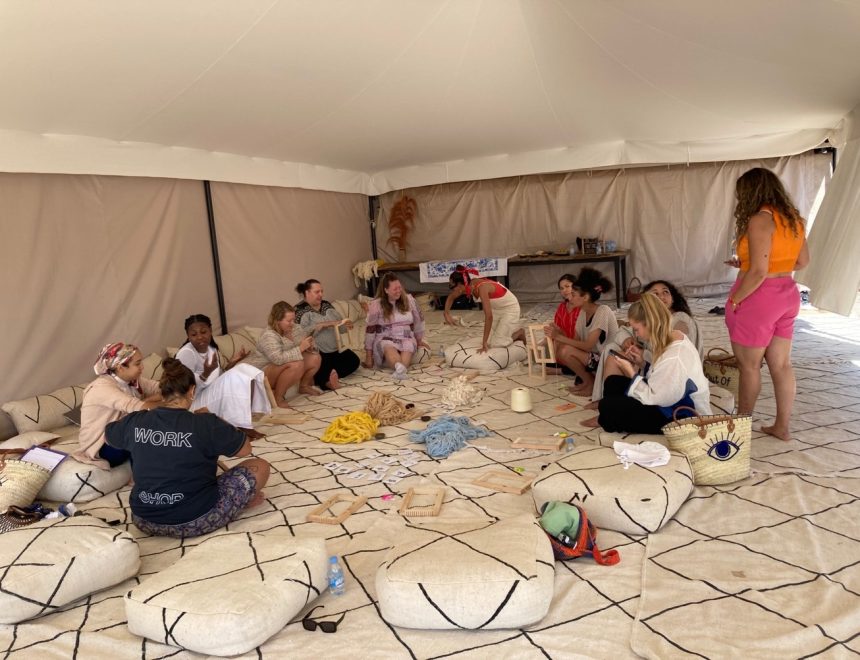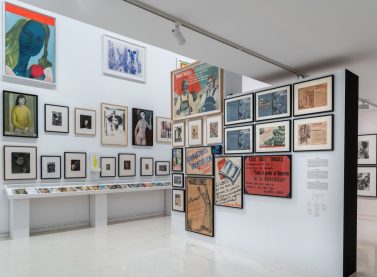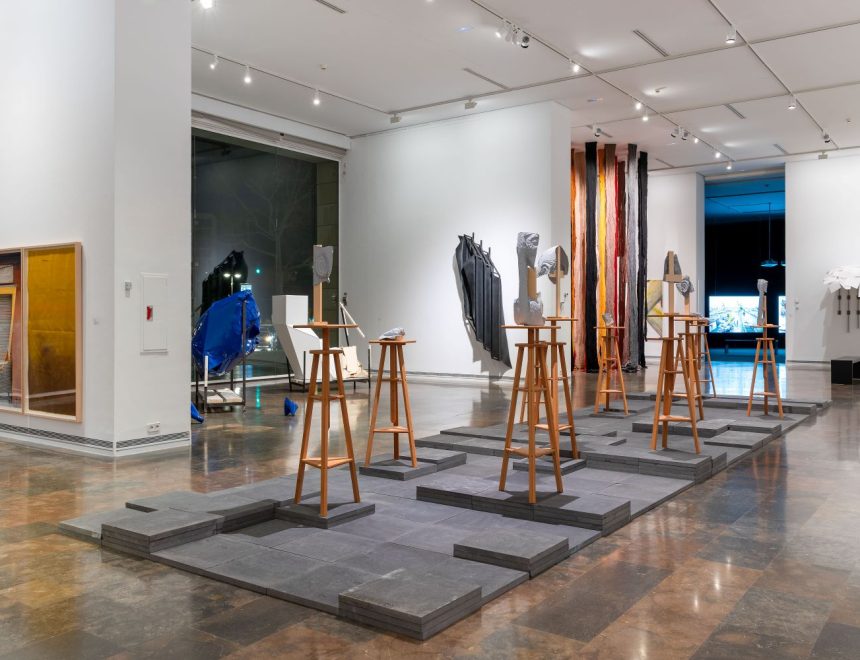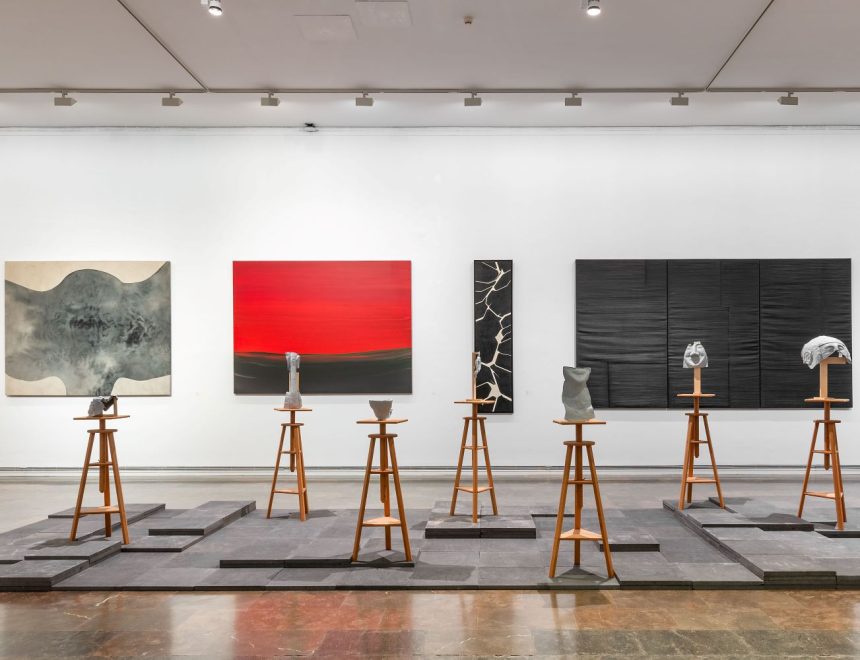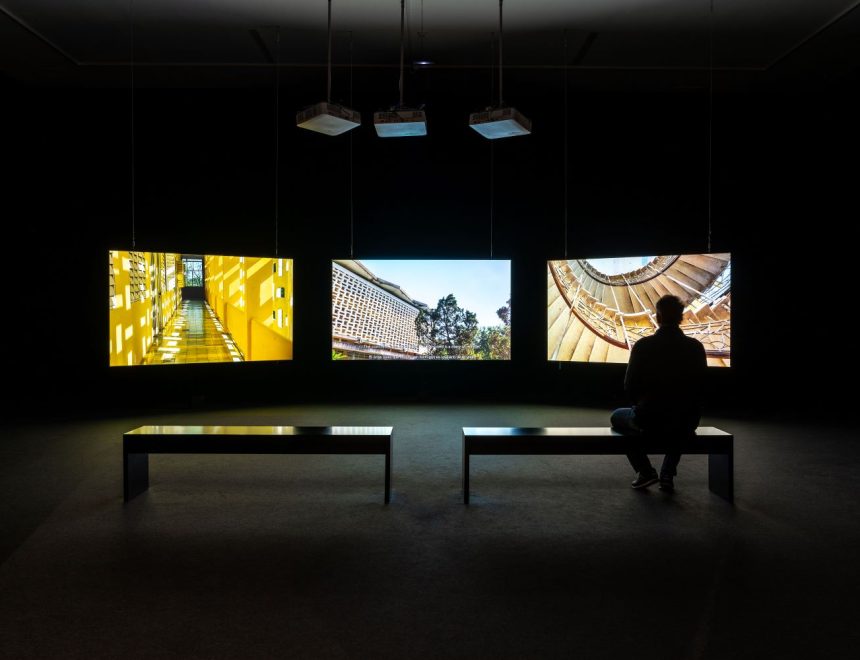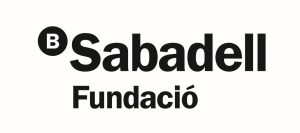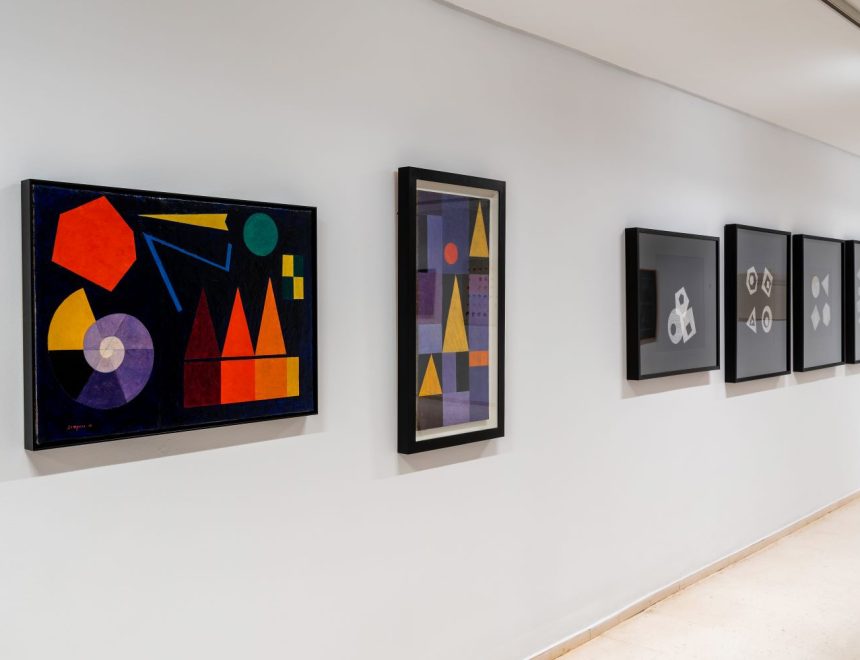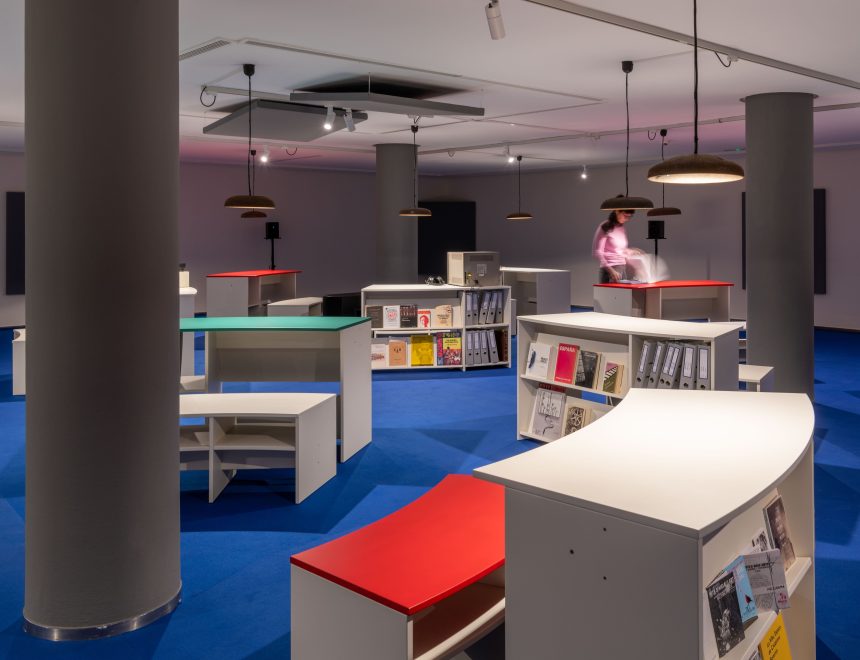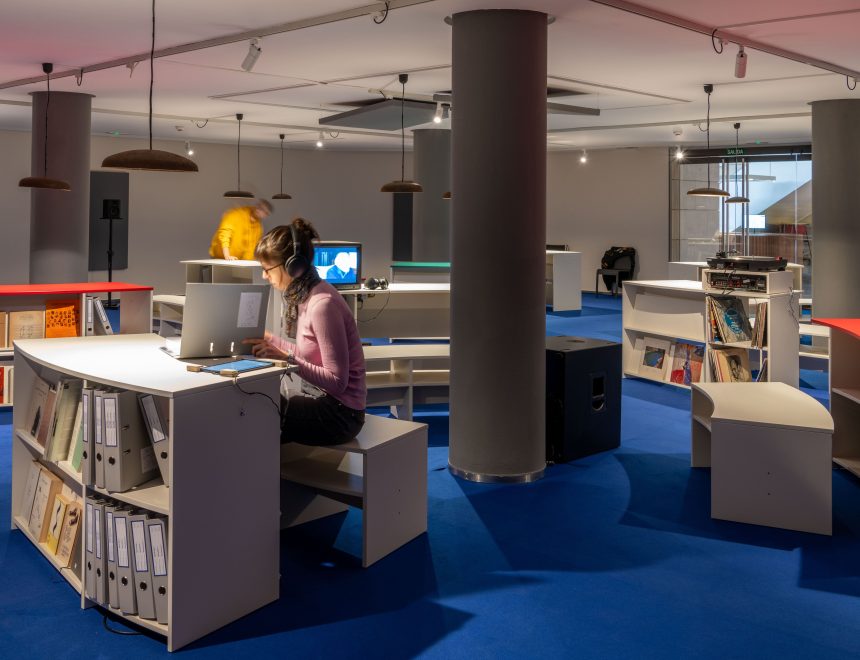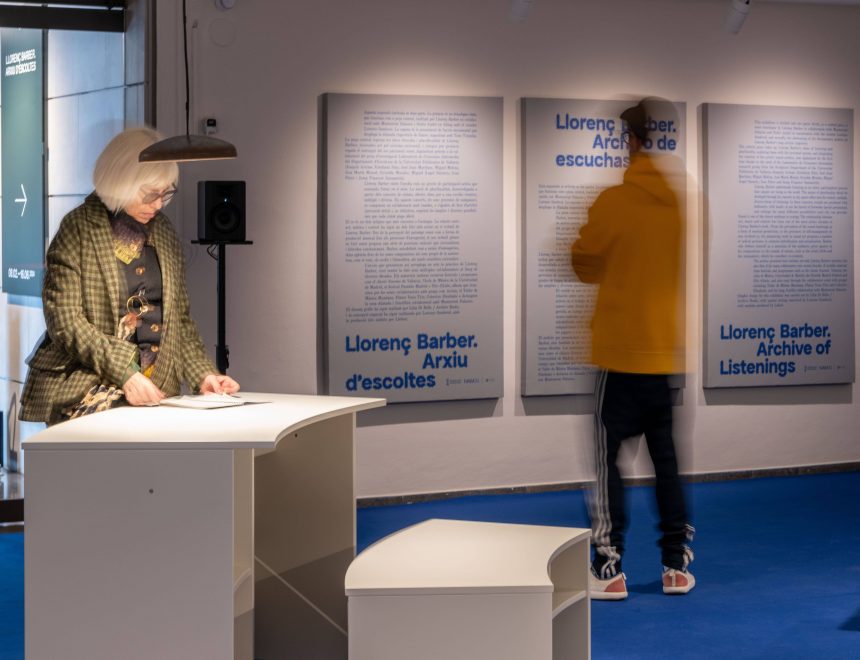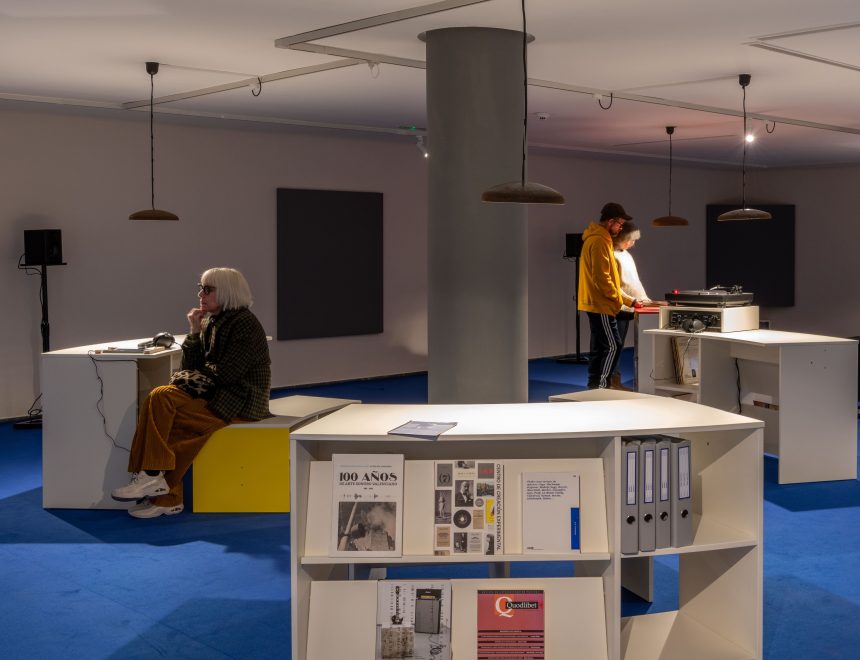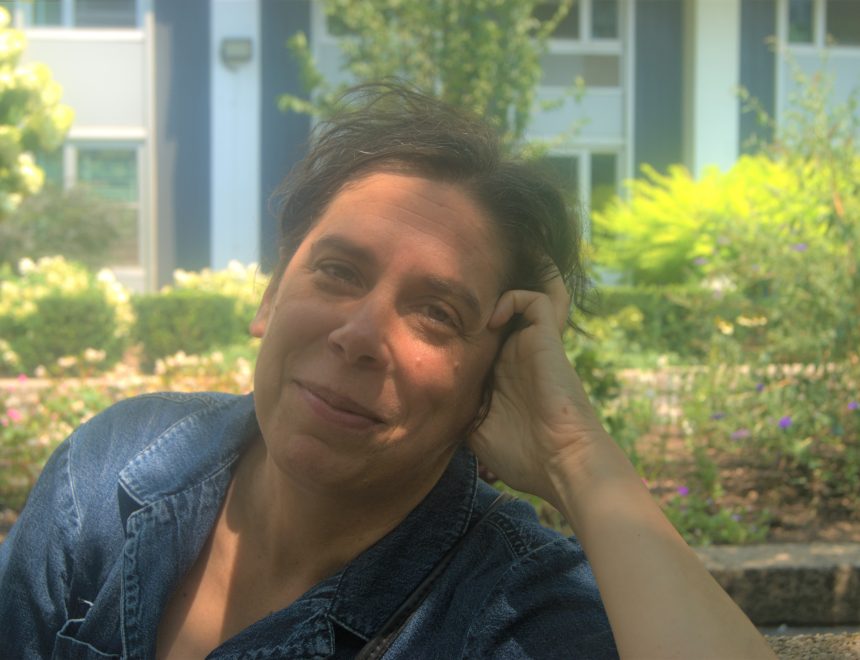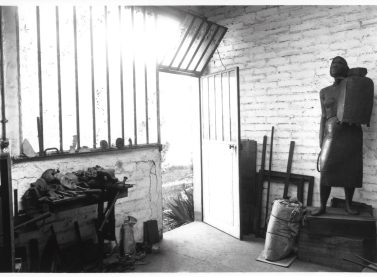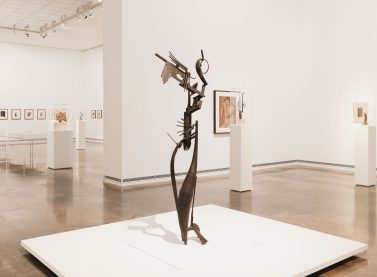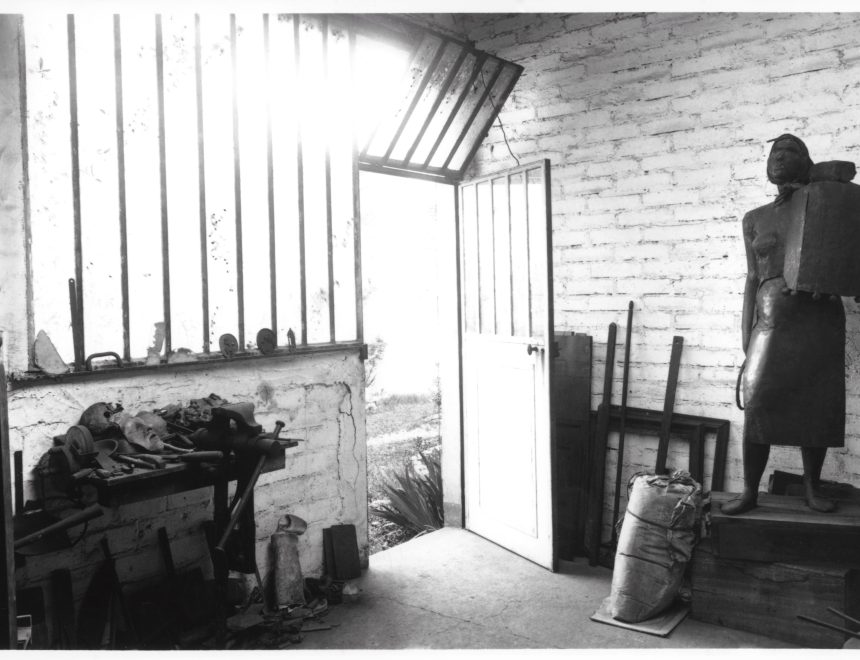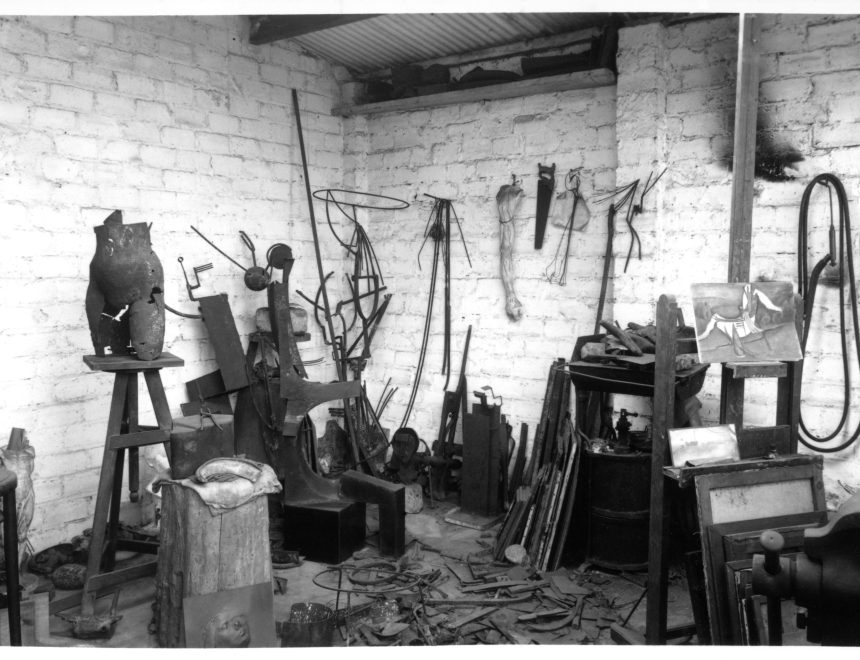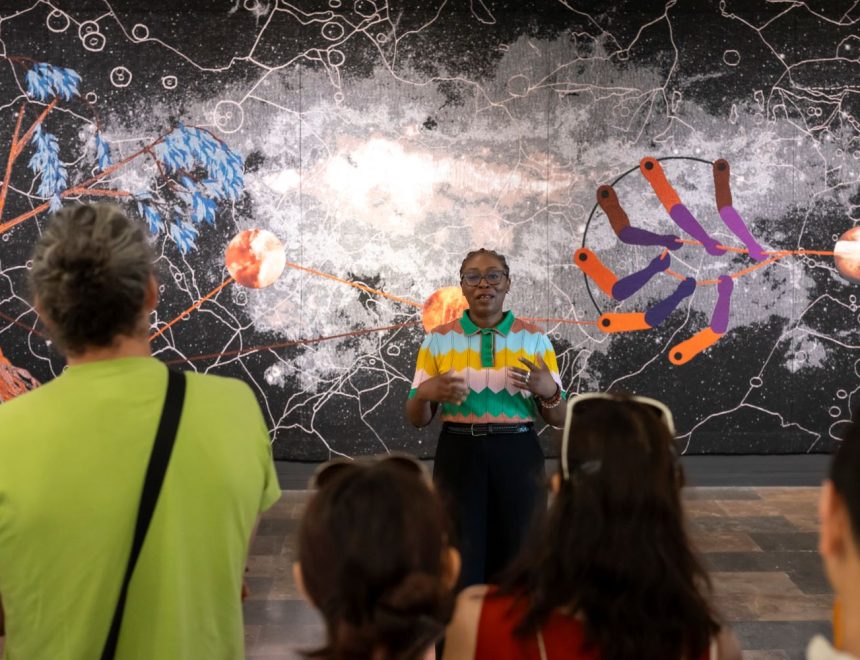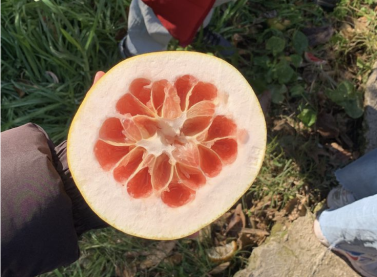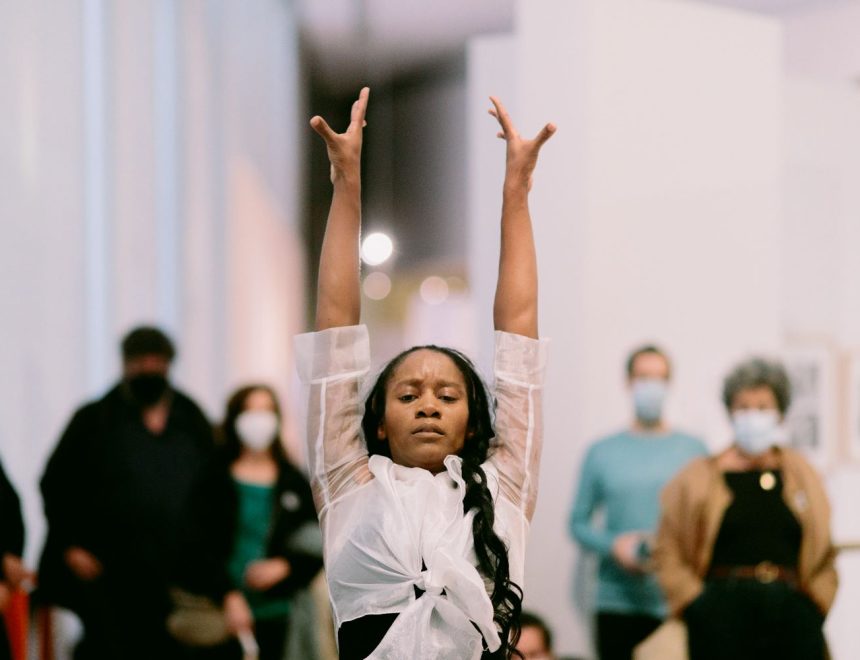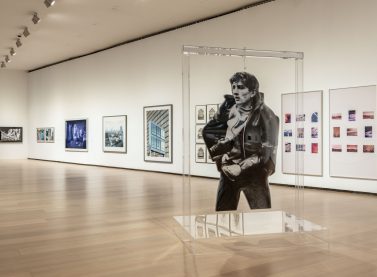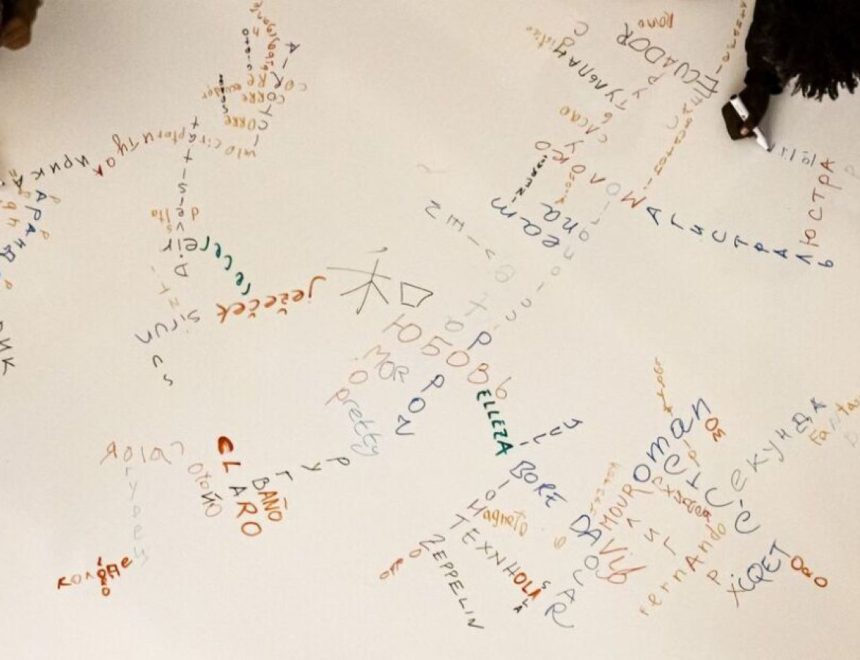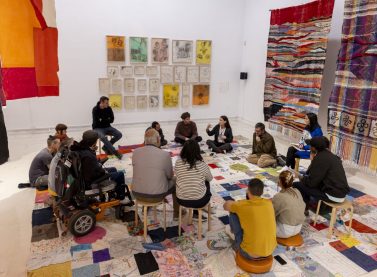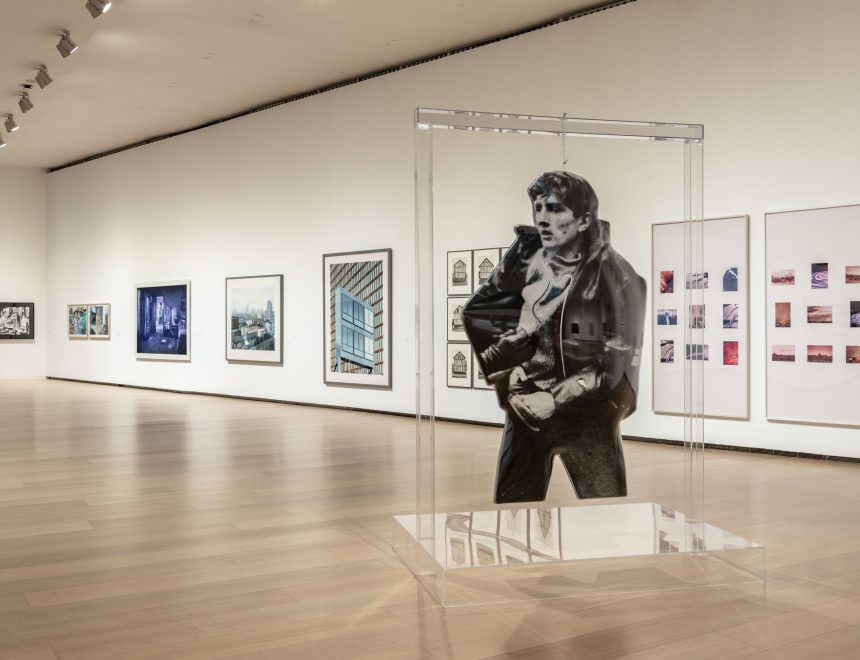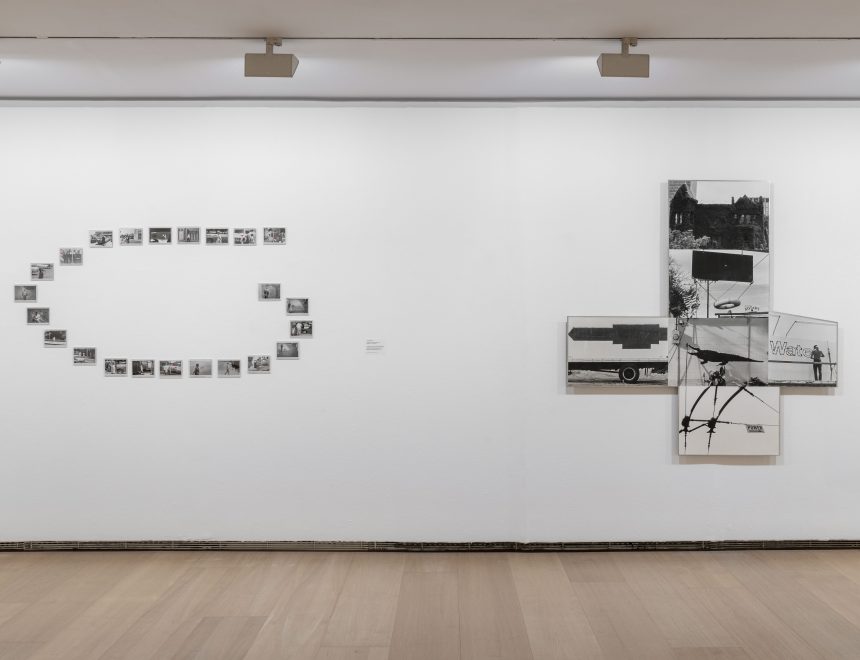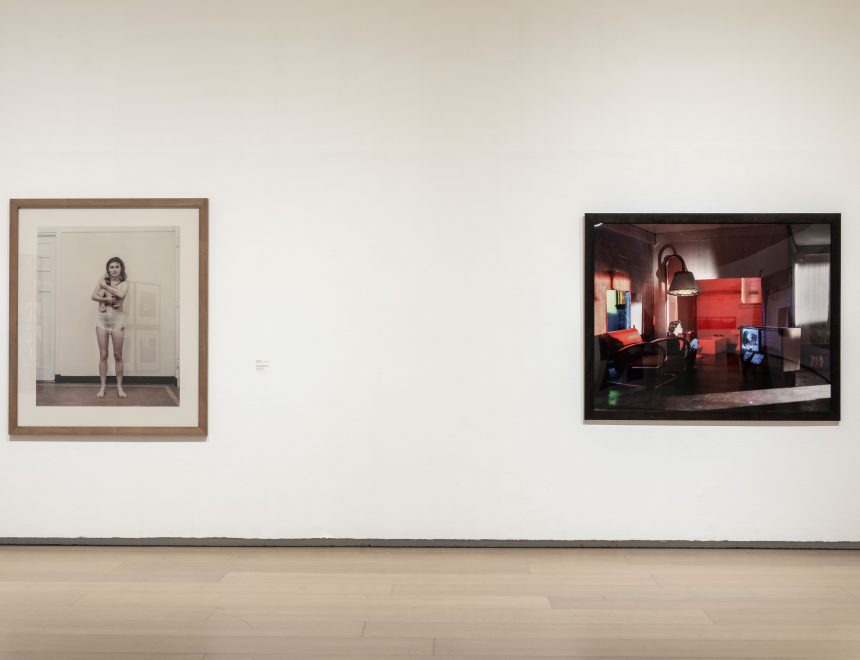Within the framework of the popular exhibition, curated by Pedro G. Romero
Khyout Jdor/The Threads of Roots/خيوط جذور is a workshop proposed by Teresa Lanceta and Zineb Achoubie at the invitation of Pedro G. Romero and framed within the exhibition popular.
Like tattooing, Berber weaving techniques are the result of old social phenomena. By borrowing these techniques, the participants of the workshop will work through weaving on telling this story from yesterday, still very present today.
It is from this heritage that the participants will create a fusion between the traditional and the modern guided by the artists, while trying to translate this into an artistic workshop, by using a mixed technique and including in particular traditional weaving with Bouchrwite.
The workshop is aimed at anyone interested, with an intergenerational and multicultural desire. It will take place in a fluid dialogue between Spanish, Berber, Arabic, French or English.
Teresa Lanceta is a pioneer of contemporary textile art. Since the 1970s, his practice has pushed the boundaries between what was considered art and craft. She is interested in elements of formal exploration, but also in material and technical issues, as well as in the traditions and ways of life associated with the act of weaving, a form of creation that operates without a prior sketch and in which figure and background are constructed at the same time. time. Lanceta understands weaving as a primordial code of humanity through which it has come into contact with the cultures of various groups such as the Roma population and Moroccan nomadic weavers. Artistic traditions and ways of life with which he has maintained a dialogue through his tapestries, paintings and drawings and his theorization.
Zineb Achoubie is a visual artist and master weaver. Zineb Achoubie Graduated from Beaux-Arts college in Casablanca, major interior design , Zineb Achoubie She practiced interior design for 2 years , and went on to study weaving in the royal academy of traditional arts She will not stop there, she starts in 2018 a research about amazigh culture , now she is managing a weaving cooperative in high atlas. She participated in many exhibitions national and international art fairs. Her practice unfolds through the reflection on gestures, materials and colors. She experiments, tests, explores with the deep desire to discover and preserve the old practices.
